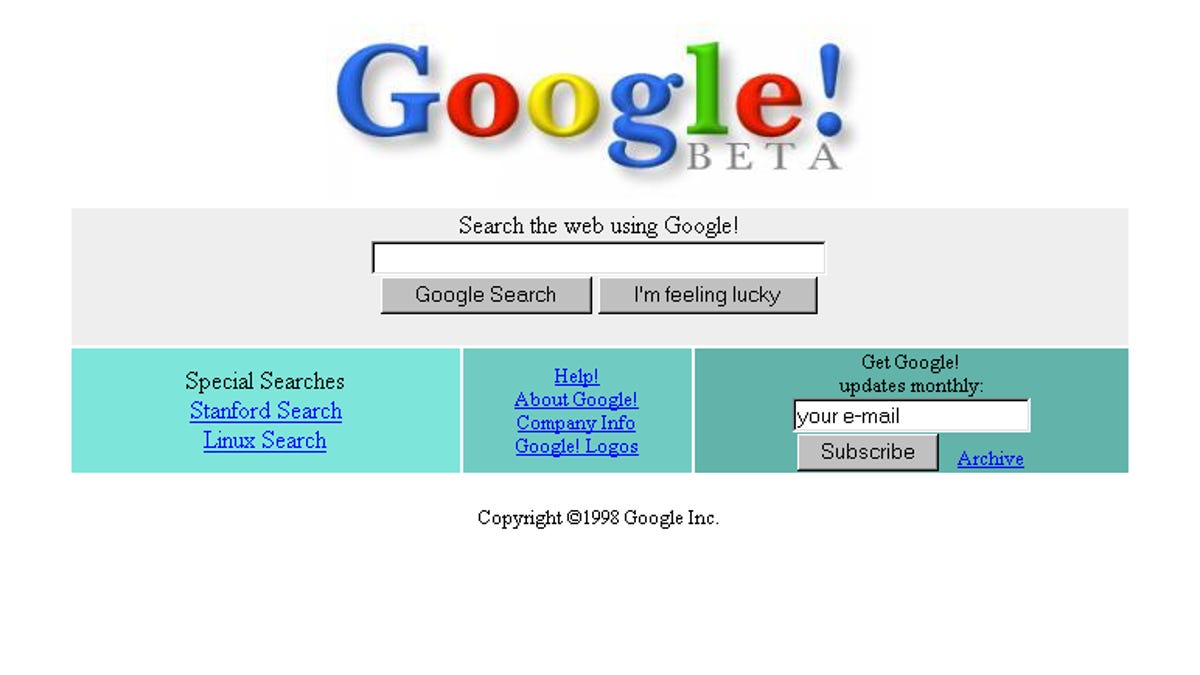Technology vs. traction: The two types of startups
Make sure you have defensible technology or user traction before you go to your next VC meeting.

One of the most important qualities investors look for in a startup is defensibility. Can a startup's product quickly be copied? Does it have technology or patents no company has had before? Are users flocking to its product like locusts?
At the seed stage, when startups are in their infancy, I believe there are two type of startups. The first is the technology startup -- it's a company that is defensible because it has built unique technology nobody else has. The second type of start is the traction startup -- unlike technology startups, the traction startup is defensible because it is gaining traction with users and growing its engagement numbers.
Google was a technology startup. What made the search engine interesting was its powerful Web crawlers, advanced search algorithms, and its PageRank technology. In a market dominated by AltaVista and Excite, the multicolored search engine stood out. Its results were simply better, and that's why it eventually took off.
Facebook, on the other hand, was a traction startup. Zuckerberg built the first version of thefacebook.com in just two months in his Harvard dorm room. There was no special technology or advanced algorithm that made it unique. Instead, it was Zuckerberg's inclusion of key social features -- the profile, relationship status, the wall, and so on -- that helped it take off at Harvard University and hundreds of other universities across the world. If all of your friends are on Facebook, why would you use anything else?
Yes, eventually Google gained so much traction that nobody could catch up. And yes, Facebook soon built a platform and a set of social algorithms that have yet to be matched. But each company started out as either a traction or a technology company. Great startups lean toward one or the other in their early days, because that is what makes them defensible against the competition.
If you're a startup looking for funding, I highly recommend that you have one of these two qualities before you raise your seed round, especially if you're a first-time founder. Investors want to know that your ideas will take off or that one of the big players will acquire you because your technology is simply incredible. Funding is much harder to acquire without defensibility in either technology or traction.
There is an exception to this rule. In extraordinary cases, investors will simply bet on a team long before the technology or traction is there. But to pull this off, a team has to have extraordinary backgrounds, extraordinary connections, or best of all, a track record of success as entrepreneurs.
In general though, you should wait to fund-raise until you have either traction or defensible technology to show off. Bringing a great demo or graphs that go up and to the right to your next VC meeting will make your life a lot easier.

